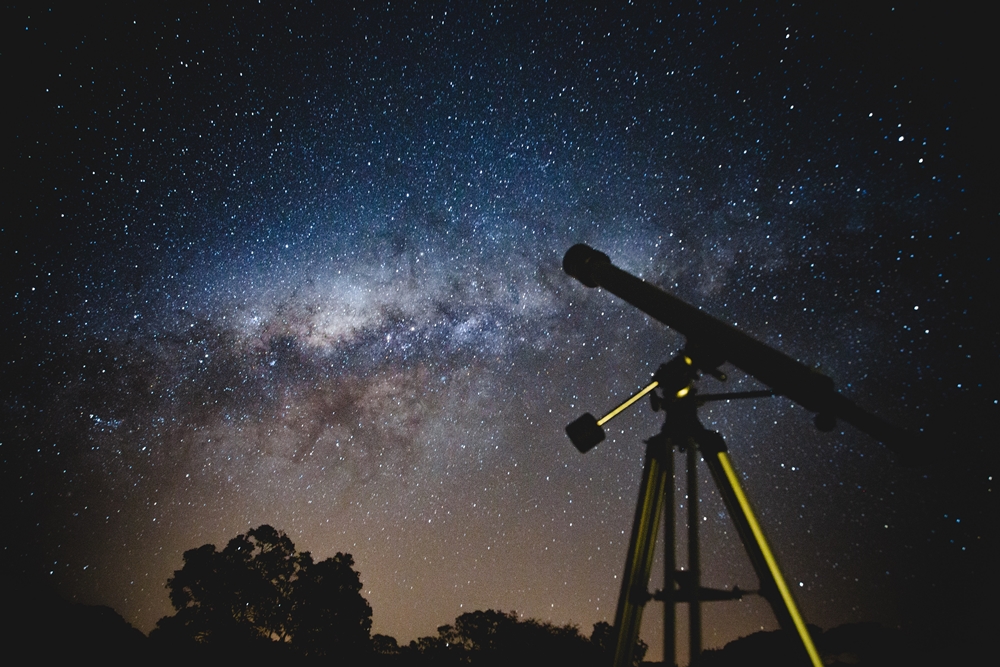Melbourne, the coastal capital of the state of Victoria in Australia, is renowned for its artsy laneways, dynamic culture, and iconic landmarks like the Flinders Street Station and Royal Botanic Gardens. For residents who love gazing at the stars, the city offers clear skies that are perfect for astronomy. When it comes to astrophotography, having the right equipment is essential. If you’re planning to dive into the world of astrophotography, visiting a telescope shop in Melbourne is your first step. But before you make your choice, here’s a handy guide on selecting the ideal telescope for astrophotography.
Table of Contents
Identifying Your Astrophotography Goals
Knowing what you want to achieve in astrophotography is central to picking the right equipment. Some enthusiasts may prefer capturing the moon and its captivating craters, while others are drawn to nebulae and star clusters. Deep sky photography, which involves capturing distant galaxies and nebulae, demands telescopes capable of gathering more light. Such telescopes usually have larger apertures. A telescope with high magnification, usually attributed to a long focal length, is desired for planetary photography, where the focus is on solar system objects. It’s essential to identify your preferences and tailor your choice of telescope accordingly.
Focusing on Aperture
When talking about telescopes, the aperture is often considered the king. The aperture is the diameter of the telescope’s primary mirror or lens, and it determines how much light the telescope can gather. For astrophotography, where often the subjects are faint, a larger aperture is beneficial as it allows you to capture more detail in less time. However, telescopes with large apertures can be cumbersome and heavy. Therefore, if you are planning to carry your telescope to dark sites away from the city lights of Melbourne, you might want to consider a telescope with a compromise between aperture size and portability.
Importance of Focal Length and Ratio
While aperture is essential, focal length and focal ratio are also crucial in astrophotography. The focal length is the distance from the telescope’s primary mirror or lens to the point where it focuses light. A longer focal length results in higher magnification, which is beneficial for capturing details of smaller celestial objects. The focal ratio, calculated as the focal length divided by the aperture, is indicative of the telescope’s field of view and image brightness. A lower focal ratio will have a wider field of view, perfect for capturing large celestial objects like nebulae.
Mounts Matter
The mount is perhaps as important as the telescope itself. For astrophotography, the mount needs to be steady and able to track the motion of the stars as the Earth rotates. There are two main types of mounts: altazimuth and equatorial. While altazimuth mounts are easier to use, equatorial mounts are generally preferred for astrophotography because they can follow the rotation of the sky. It’s also worth considering a mount with motorised tracking to ensure smooth movement.

Camera Compatibility and Accessories
It’s vital to ensure that your telescope is compatible with the camera you plan to use. Many telescopes are designed to work with DSLR cameras, which are favoured by astrophotographers for their versatility. Some telescopes even allow the attachment of smartphones for those who want to dabble in astrophotography without a significant upfront investment. Besides the camera, investing in accessories like filters and remote shutter release can significantly improve your astrophotography experience. Filters help reduce glare and enhance contrast, while remote shutter releases avoid camera shakes during long exposures.
Conclusion
Embarking on the astrophotography path requires thoughtful consideration of various factors, including your astronomical interests, aperture, focal length, telescope mount, and camera compatibility. With Melbourne’s clear skies, it’s a perfect place to capture the cosmic wonders. A visit to a telescope shop in Melbourne is advisable to explore options and seek expert advice. Equip yourself with the right telescope, and let the stars be the limit to your cosmic explorations.

